4 Fabrics to Instantly Spruce Up Your Home
From Rugs to Wallpaper

#1 Damask
Damask, the name originating from the capital of Syria and has a history of being sold as early as the 12th century, is a fabric made from silk, cotton or linen and is opaque, featuring weaved shiny patterns usually floral in nature or arabesques.
Whilst the fabric is most commonly used for traditional and rustic decorating, in recent periods it has been transformed by artists like Alistair McAuley and Paul Simmons of Timorous Beasties into a modern, bohemian and extremely unique choice for wallpaper and upholstery.This versatile type of fabric would be best used for wallpaper, cushions in living rooms or dining areas, and when used for upholstery. Use damask for a dash of class when choosing wallpaper, or perhaps on your favourite armchair.
Care: Can be dry cleaned.
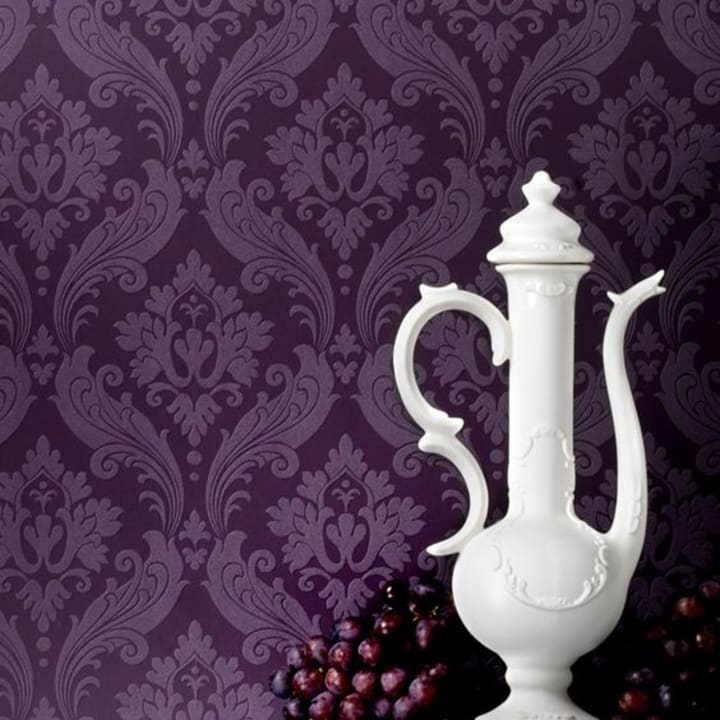



Damsel Damask Velvet Fabric

From Timorous Beasties
#2 Viscose
Made from renewable plants, viscose has often been cited as an environmentally friendly fabric, especially when bamboo is its source.
Though production of viscose in the past was actually very damaging with the amount of chemicals used to treat it, recently the "lyocell" method has been utilised by many companies, which uses N-Methlymorpholine N-oxide as the solvent. This method produces little waste product, making it far more eco-friendly.
Viscose has many attractive qualities, including being inexpensive, soft, drapes well, and highly robust. I would likely use viscose in curtains and rugs, particularly in the bedroom or hallways as it has excellent colour retention.
Care: Dry clean as inexperience with this fabric can ruin the product.




Morris & Co Viscose Wallpaper
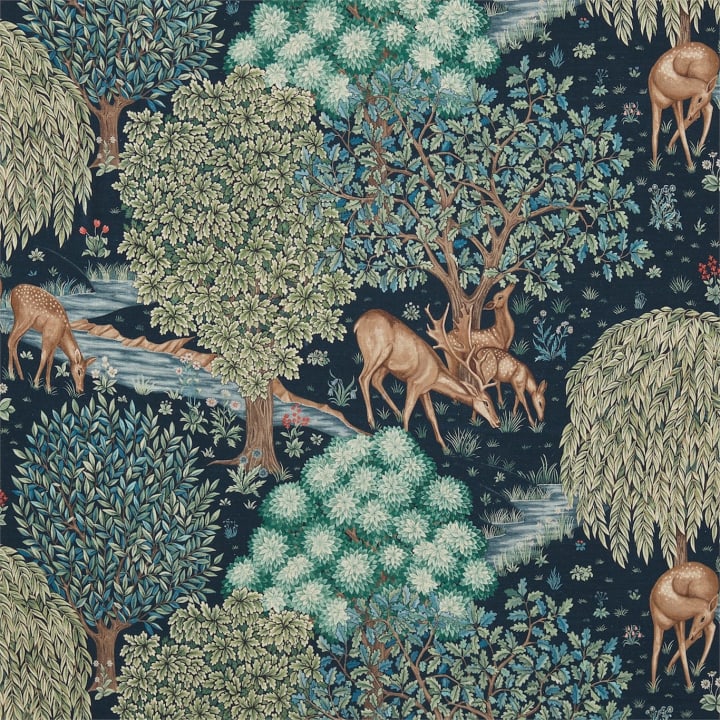
From John Lewis
Synthetic or 'Faux' Leather
Whilst it was invented in the early 20th century, synthetic leather or "faux leather" really only became popular in the 1960s as production and its realistic aesthetic improved.
Faux leather is durable, cost effective, and perhaps the most important attribute for certain people would be the stain resistant element of the fabric.
On the one hand, one could use this fabric to create a very traditional style to a room, but on the other, when used imaginatively utilising powerful colours or accompanying décor, a space could be transformed to looking more contemporary or industrial.
I think this fabric would work really well in your kitchen as the upholstery for bar stools or in the living room in the form of a sofa, as it is easy to clean and resistant to stains and spills.
Care: Regular mild clean as faux leather can crack if it gets too dry.

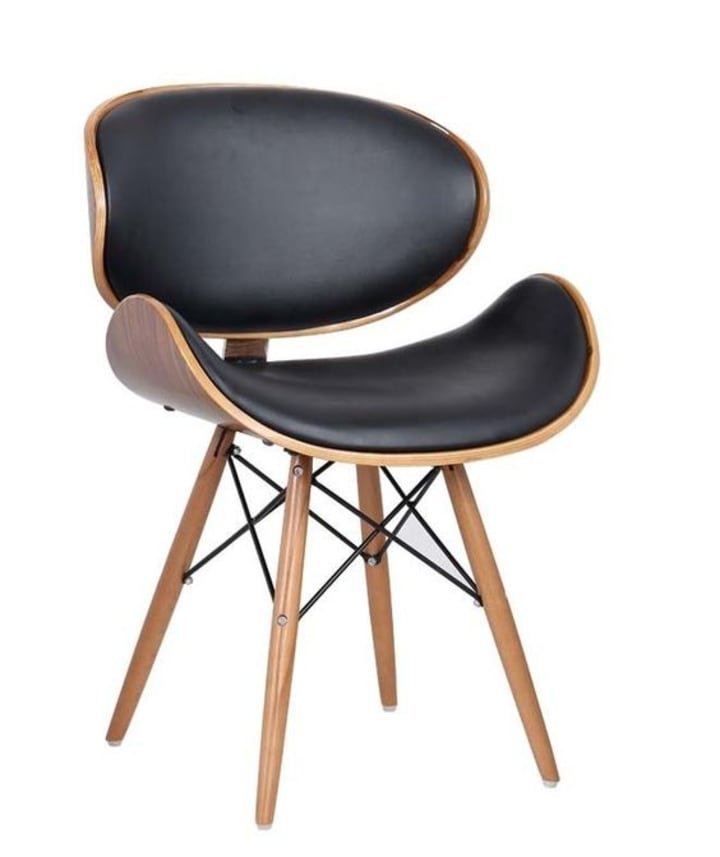


Faux Leather Sofa

Cotton Duck
From the word "doek" in Dutch, which means "linen canvas," cotton duck is used in a wide number of industries and is a heavy, plain woven fabric. It's lighter variety was used to make duct tape.
Perfect for window accents like draperies, valances, curtains, accent pillows, duvet covers, and upholstery but is also very common in wallpaper.
I would use this type of fabric primarily in the kitchen and bathroom, as it is extremely durable and water resistant.
Care: Use cold water and mild detergent, air dry.
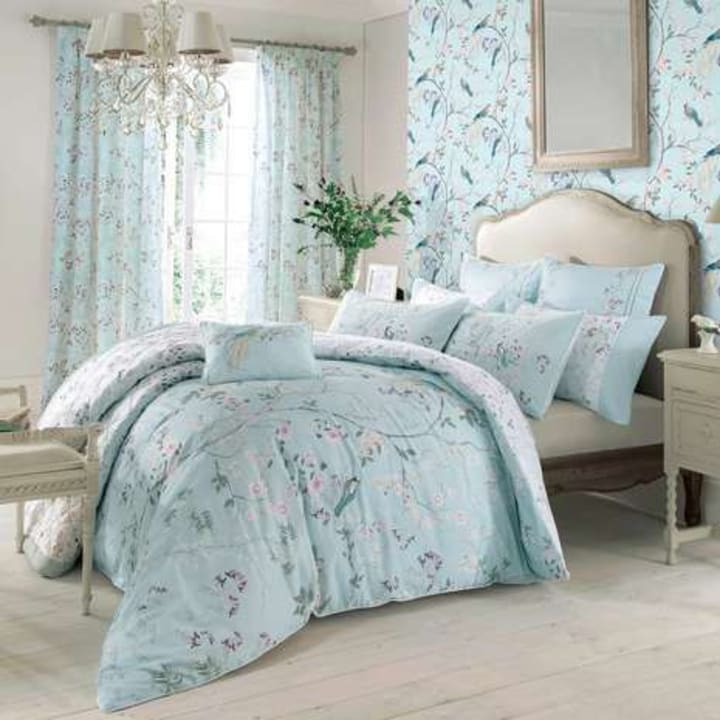


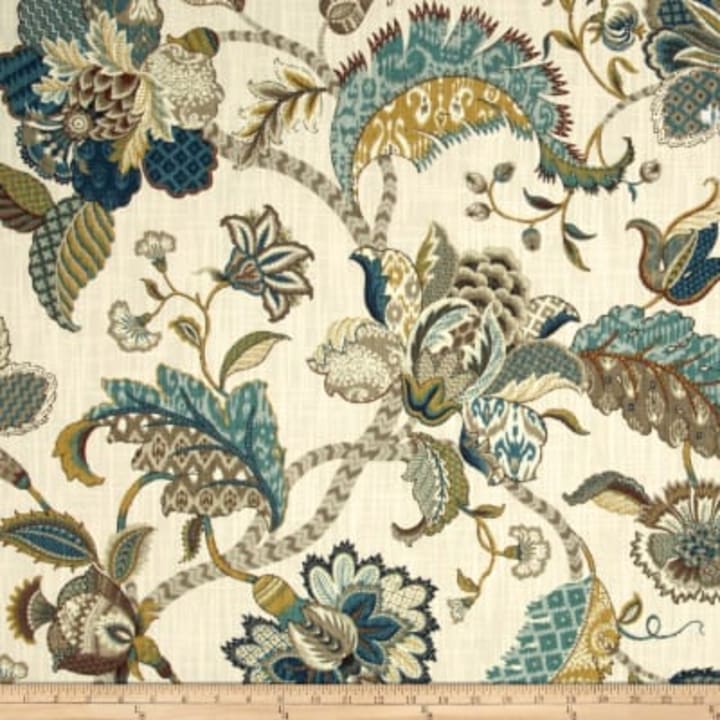
Cotton Duck Curtains

EXTRA! What are interlinings and linings for curtains? Why use them?
Energy efficient, lining kits not only keep the heat in and the cold out making it a very eco friendly choice, but it also reduces external noise and sunlight, keeping the interior from fading and being ideal for bedrooms. The way this works is by stopping the circulation of air.
Made to bolster existing curtains, linings can be discreet and perhaps most importantly, they are easy to hang with simple instructions.
I would suggest the use of lining kits in bedrooms and living rooms in particular, you might end up saving some money!
Interlined curtains are thicker than single lined curtains, and so do a much better job at keeping a space warm.
The extra layer makes them heavier, often making them appear thicker and more luxurious whether they are drawn or shut.
Medium weight twill lining is easy to work with due to its stable construction, and subtle enough in colour to go with practically any type of curtain.
I would use interlining in any room, as I feel it would be a very easy and cost effective solution to increase the weight and make the curtains more efficient in terms of energy.
I hope you enjoyed this article and learnt something new!
About the Creator
Georgia de la Bertauche
Student at Staffordshire University studying Interior Design & Qualified SEO Marketer


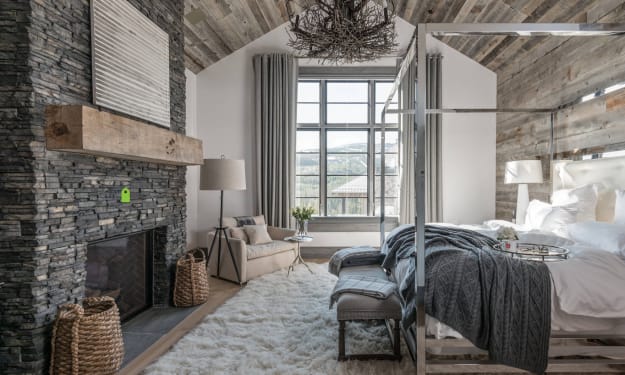



Comments
There are no comments for this story
Be the first to respond and start the conversation.